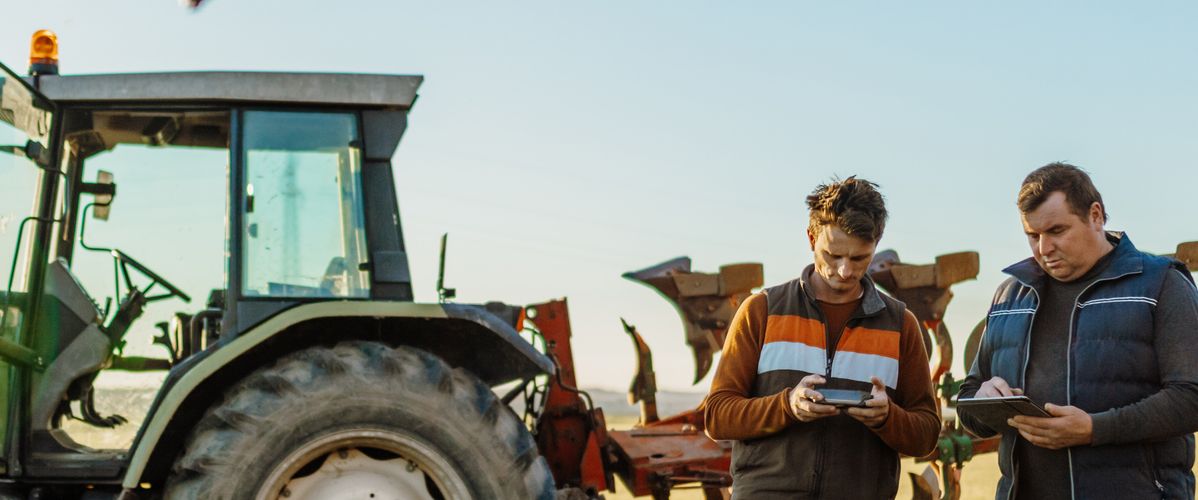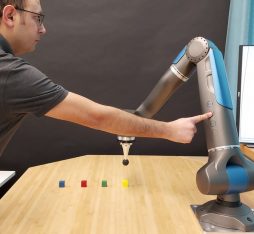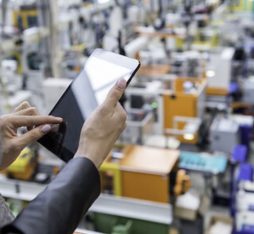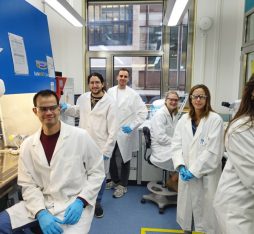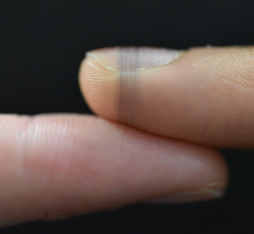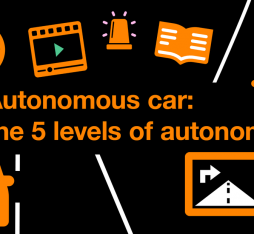• Two key points in the discussion are the accessibility of sensors, which have fallen dramatically in price in the past decade, and how new technology can help farmers to boost their income.
• This year’s agricultural show will also feature a generative AI hackathon organized in collaboration with the French start-up Mistral AI, which aims to demonstrate the usefulness of this new technology in the agricultural sector and to encourage farmers to adopt innovative solutions.
What are the new trends in agriculture?
There are major trends for biotechnology innovations, notably for bio-stimulants and bio-inputs [organic inputs of macro- or micro-organisms, editor’s note], and for newly developed sensors that facilitate the precision monitoring of crops. For example, the start-up Vegetal Signals is offering a device that measures electrical activity in vines, which enables growers to evaluate the impact of frost and water stress, as well as the risk of mildew. It is an innovative sensor and, at the same time, a research breakthrough that transforms this unusual data into information that is useful to winegrowers. This year’s Paris International Agricultural Show (SIA) is presenting 40 technology start-ups, and there will be close to 80 conferences on themes like the calculation of carbon credits, crop data management, satellite imagery etc. More and more tools are being developed to improve farm management: among them software to optimize cropping programmes, financing and business decision-making solutions like Piloter Sa ferme and Feve (Fermes en vie), and online purchasing platforms like Agriconomie etc. At the same time, innovation is increasingly contributing to better environmental outcomes, notably through the development of carbon storage solutions.
Pricing is no longer an issue for products like Naïo robots, which have successfully demonstrated their effectiveness and capacity to generate a good return on investment.
How can new technology be of help to farmers in today’s difficult environment?
Farmers should look to innovation to help them meet several challenges, starting with their need to generate more income. One way that they can do this is by reducing overheads, for example through equipment-sharing solutions such as Votremachine.com. They can also take advantage of the increasing availability of digital solutions to help them boost their businesses with, among others, direct sales, local distribution channels, and energy production, as illustrated by Ombrea’s agrivoltaics solution. It is important to bear in mind that the cost of new technology has declined considerably over the last ten years. Today for example, a subscription to our Weenat service costs 300 euros a year, while meteorological sensors cost from 600 to 2,000 euros and they pay for themselves within 18 months. Finally, pricing is no longer an issue for products like robots, which have successfully demonstrated their effectiveness and capacity to generate a good return on investment.
Can you tell us about the generative AI hackathon that you are organizing at this year’s Agricultural Show?
On the occasion of SIA’PRO, a three-day conference for agricultural professionals at this year’s show, and with help from French start-up MISTRAL AI, we’re organizing a hackathon because we believe that that the agricultural sector should be encouraged to make use of generative AI. We are currently training the Mistral model on agricultural data, and eight teams will be using it to devise innovative solutions in response to requests from a panel of farmers which will be presented in short videos. The goal is to show how this technology can be useful in agriculture, and how farmers can quickly take advantage of cutting-edge innovation. The project will also involve members of public and private sector organizations who will be pooling their knowledge to contribute to its success.
Along with your role in the agtech trade association, you are also the director of the start-up Weenat, which specializes in meteorological sensors and data services for farmers. Can you tell us a little about the company and how it has developed?
Today Weenat has 20,000 sensors installed, 10,000 of which are for irrigation control, in eight European countries. We recently acquired Weather Measures, a company specialising in high-precision weather monitoring, so we are now able to provide customers with data that is accurate to the nearest square kilometre, which gives them a detailed picture of conditions in their fields without the need for sensors. We have therefore merged our IoT business with a comprehensive information services offer, which is enriched with the latest data from NASA, CNES and other sources, to provide farmers with precise updates on the water content of their soil. At the same time, we are working on machine learning and neural network models to provide agricultural professionals with precise weather forecasts directly on their phones. We already help them to anticipate their irrigation needs over the next seven days with our Weedriq decision-support tool.
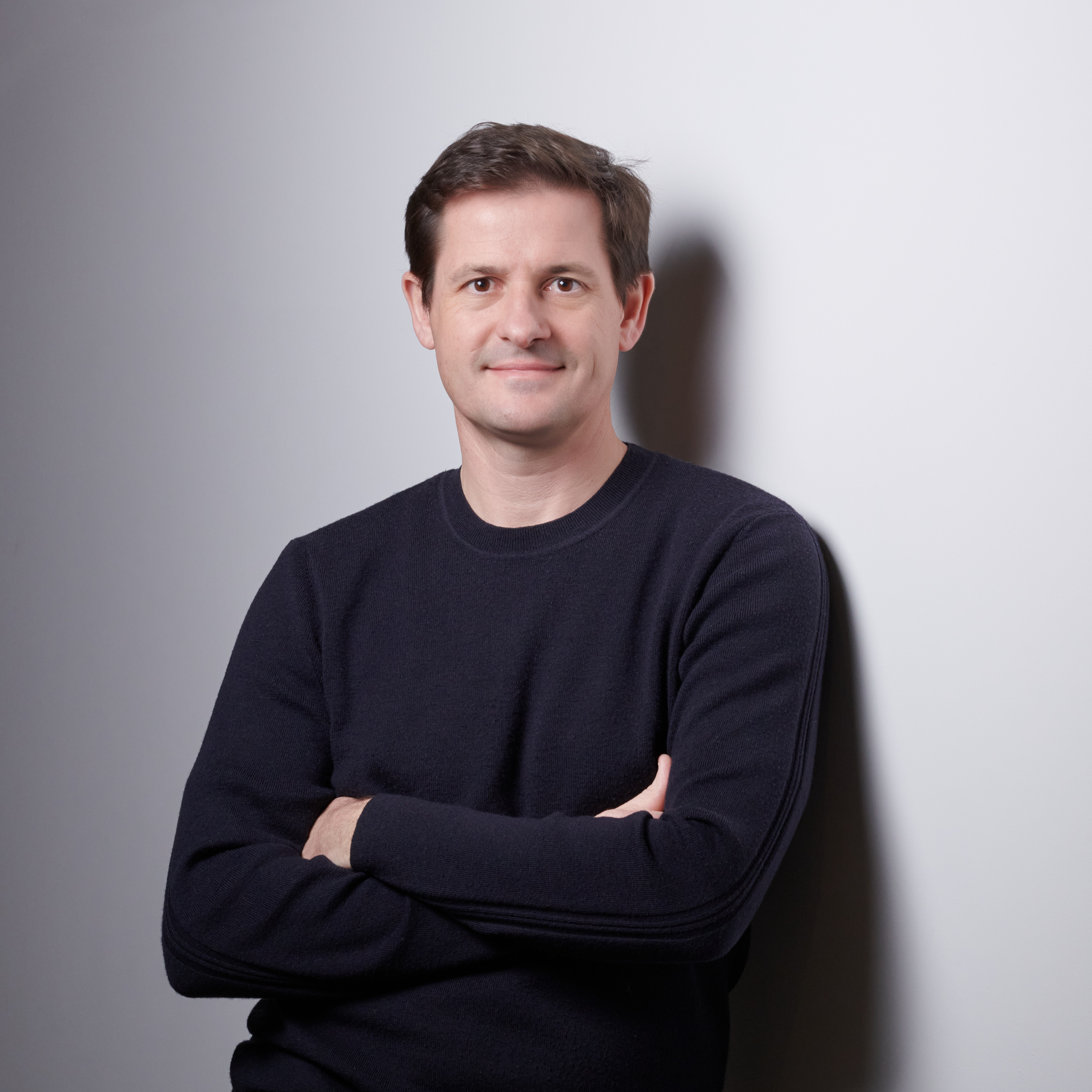 Jérôme Le Roy
Jérôme Le Roy

